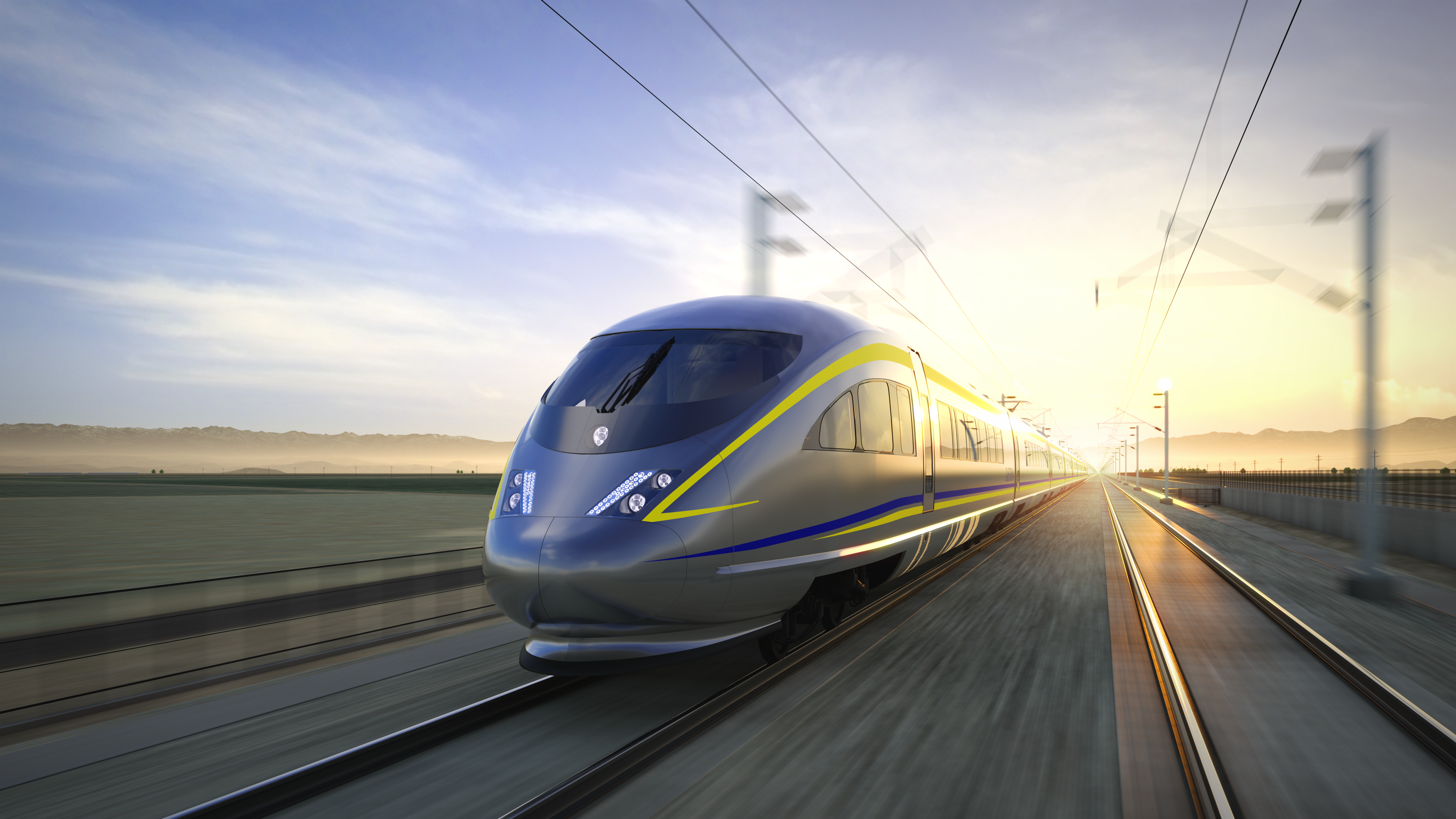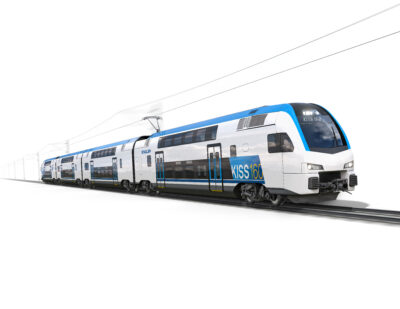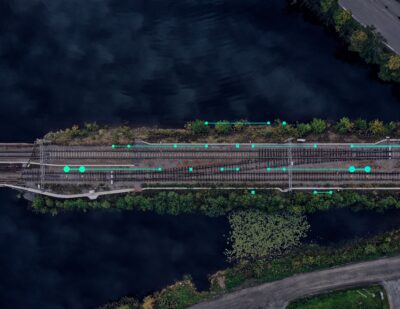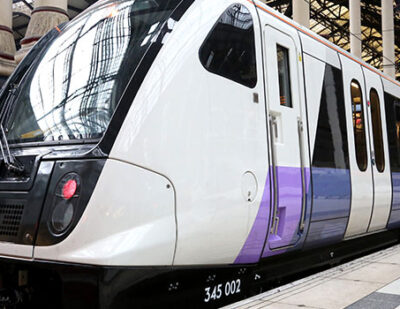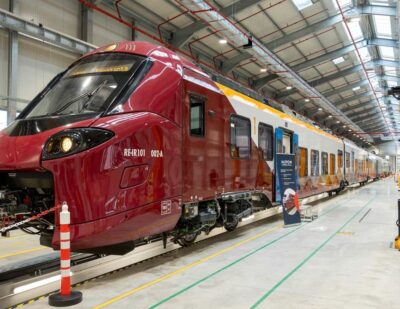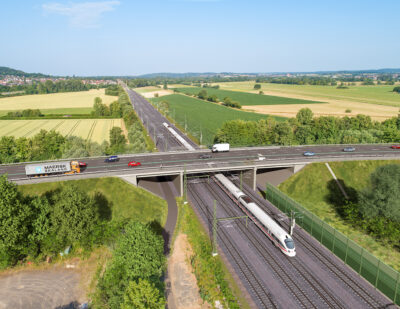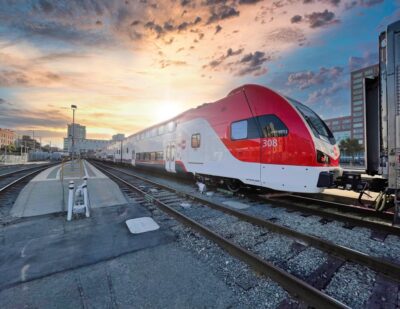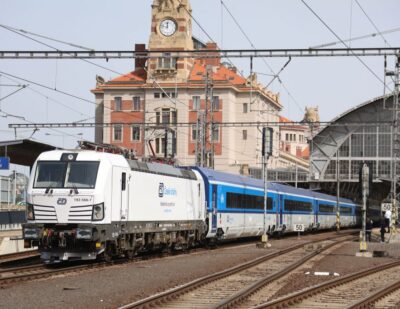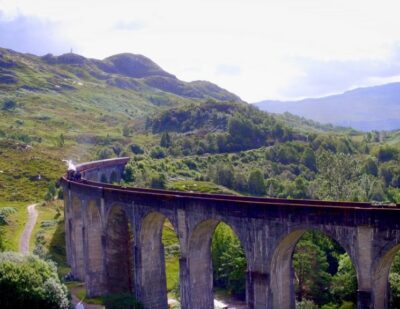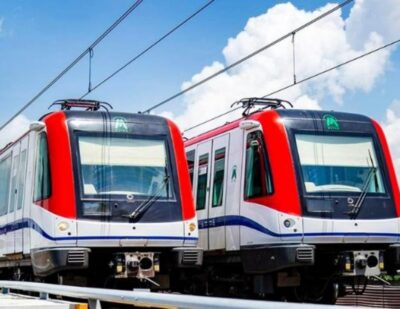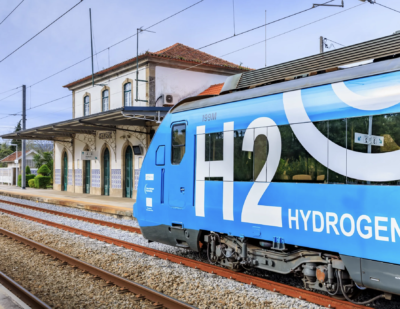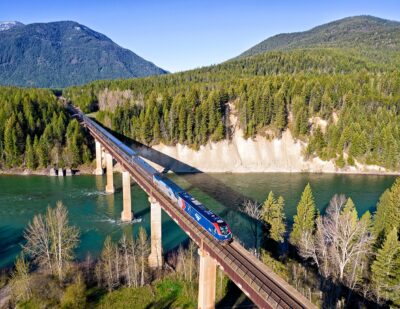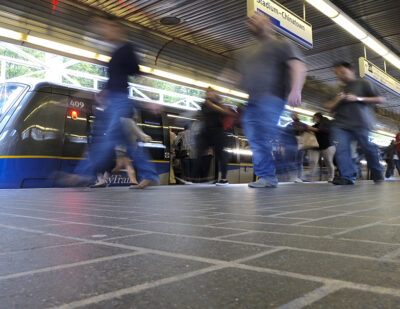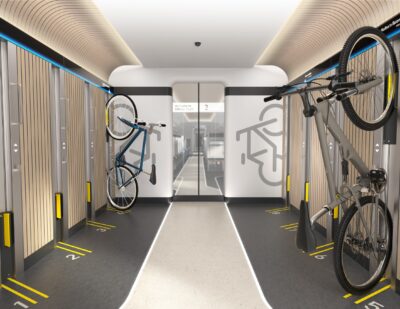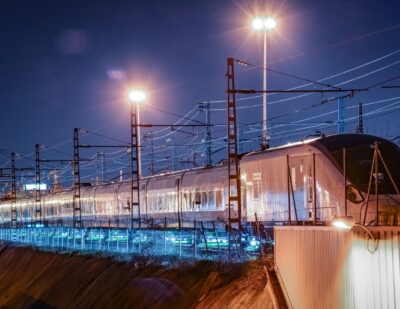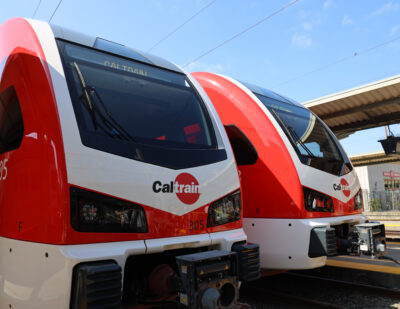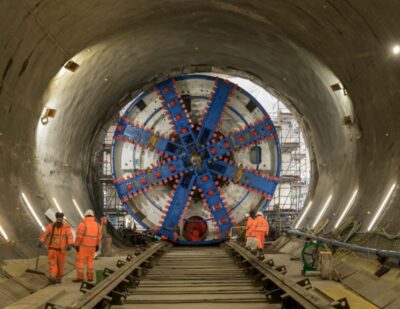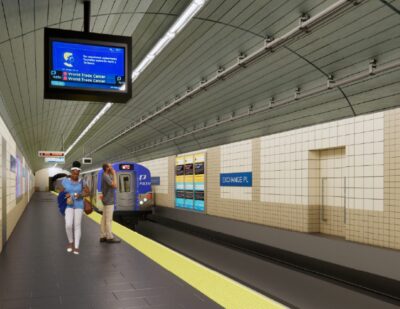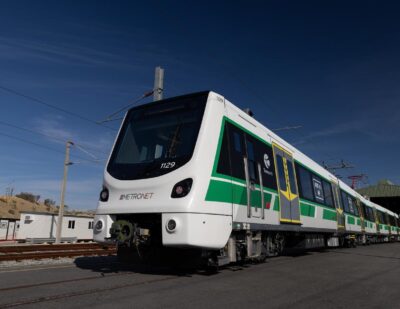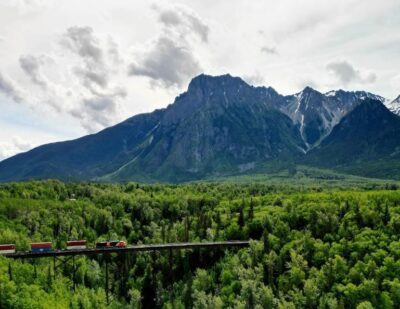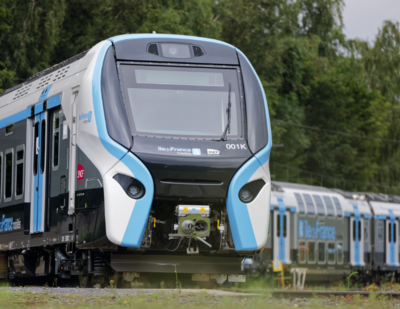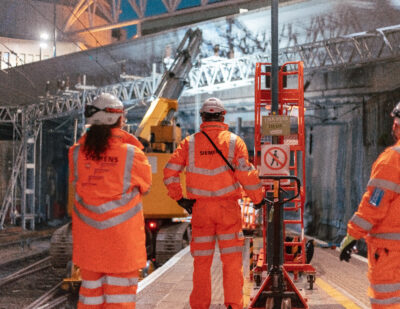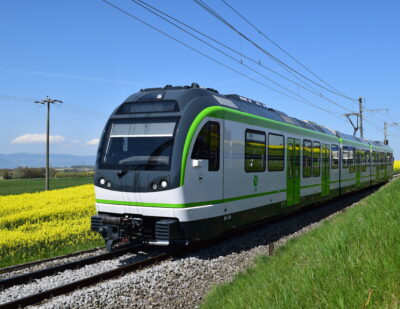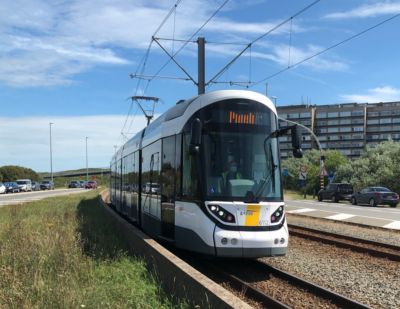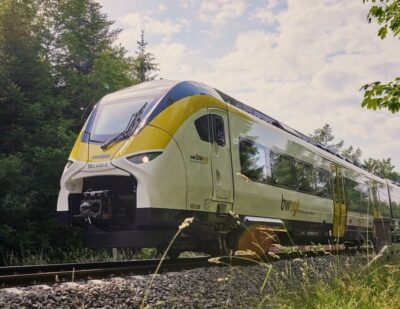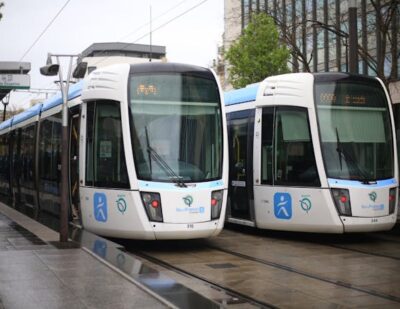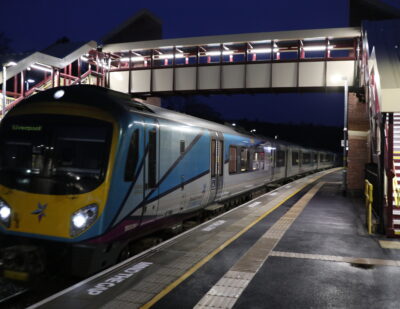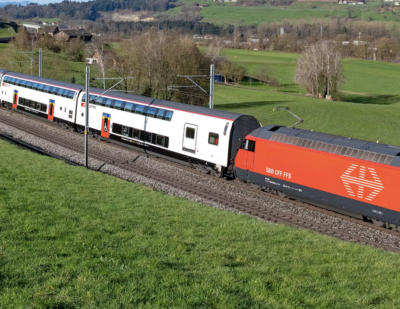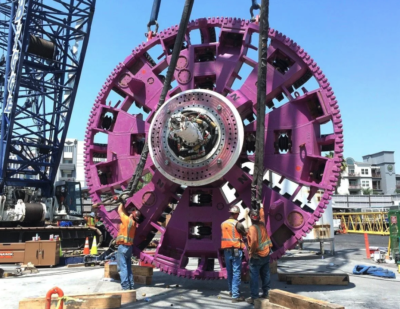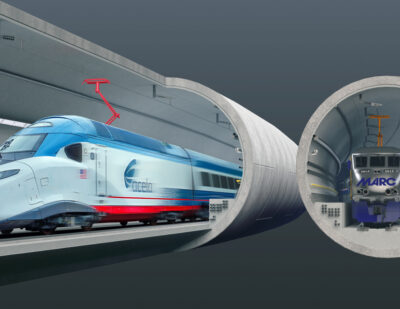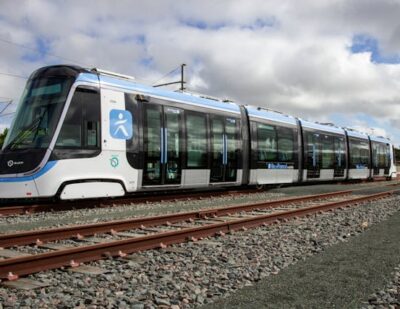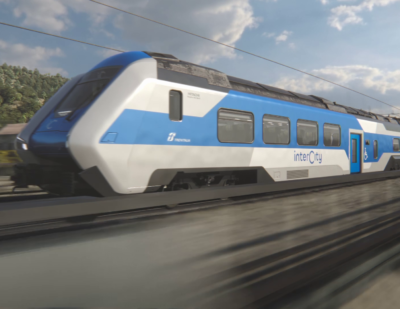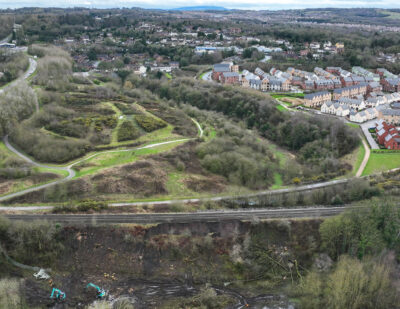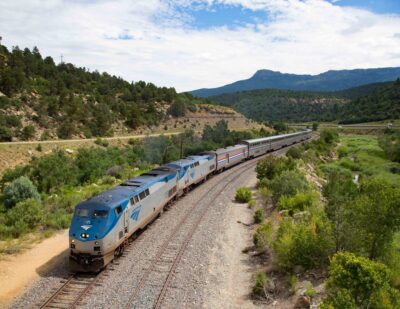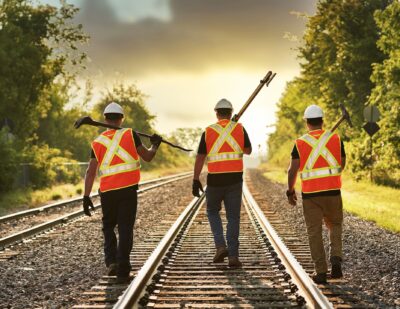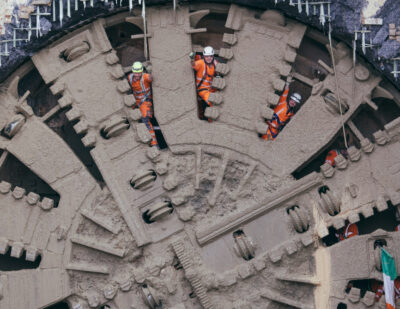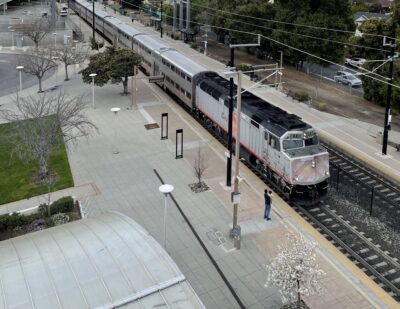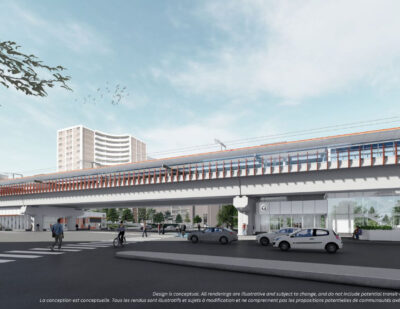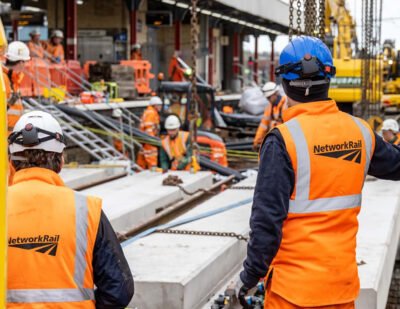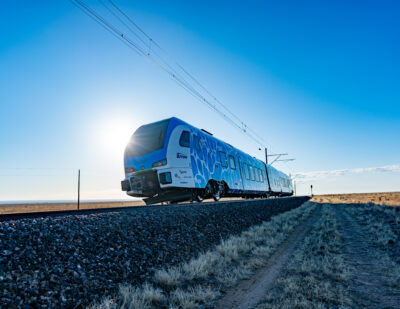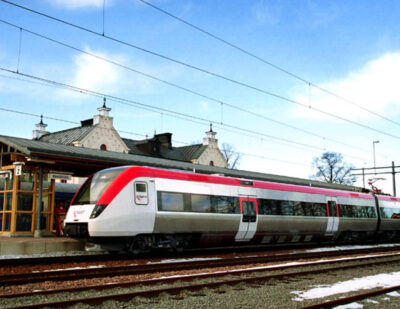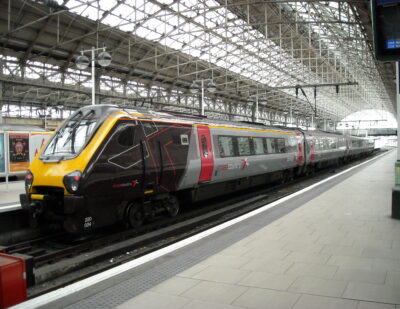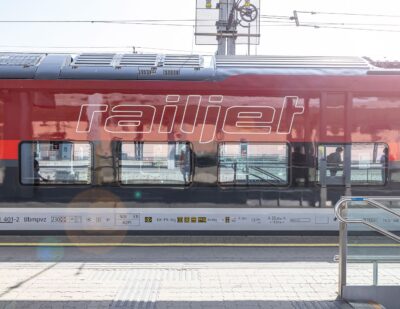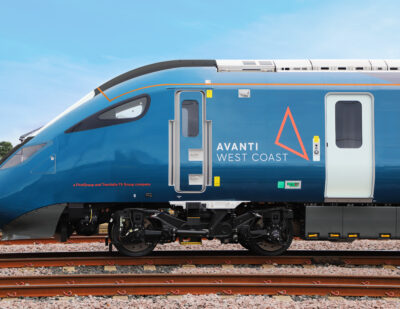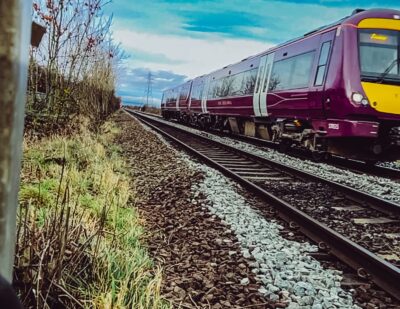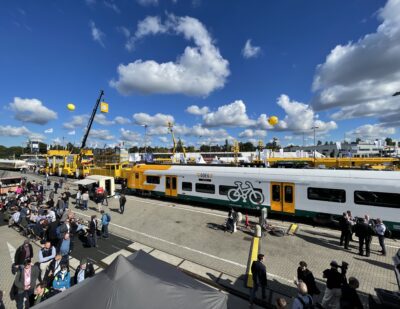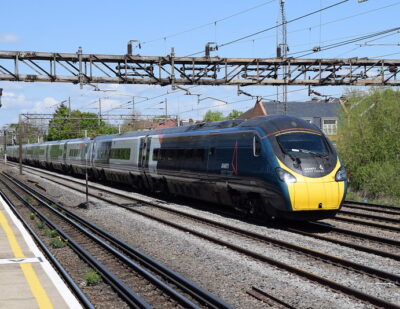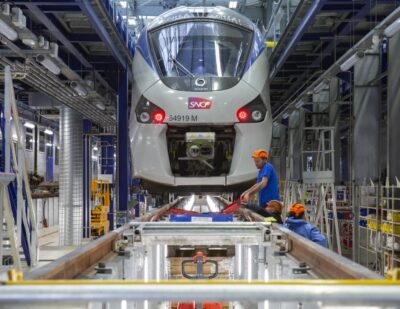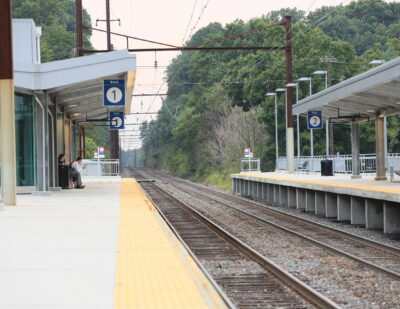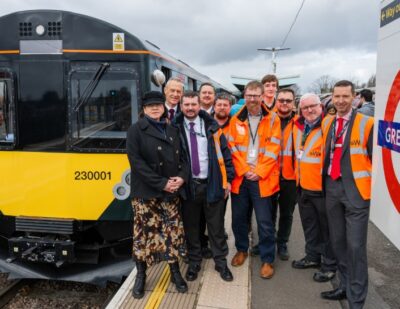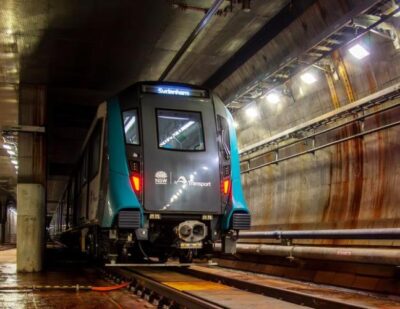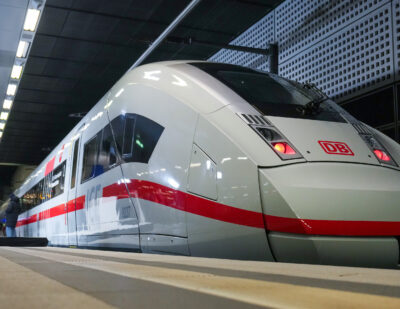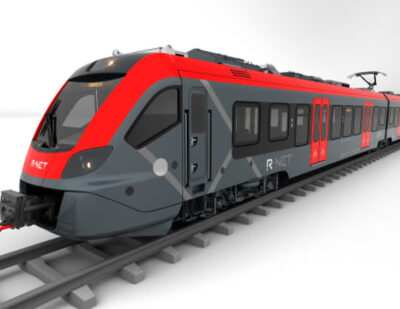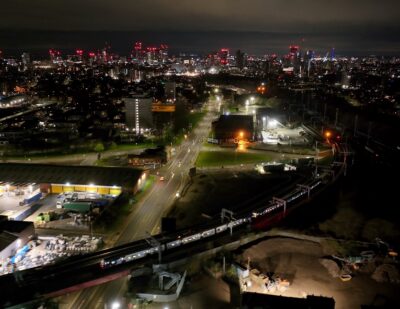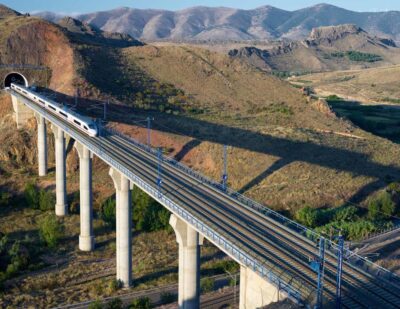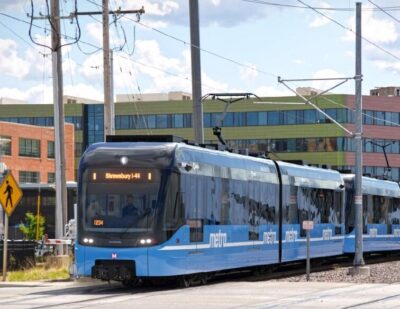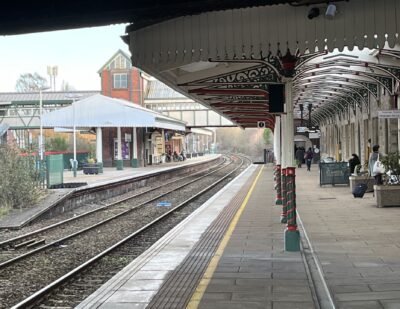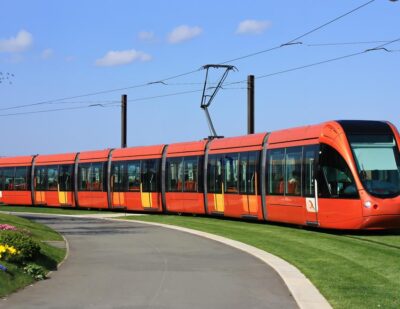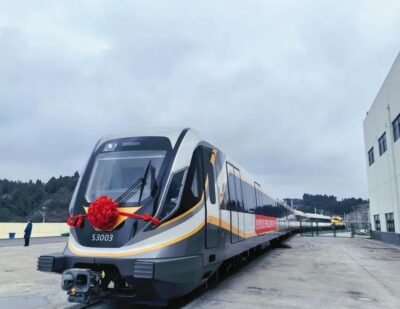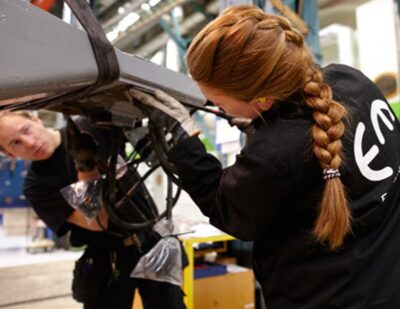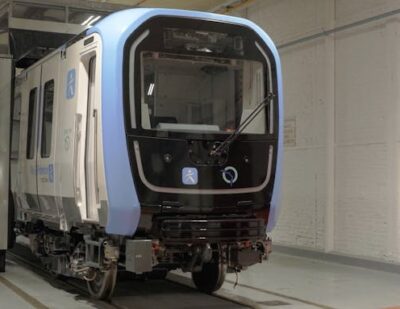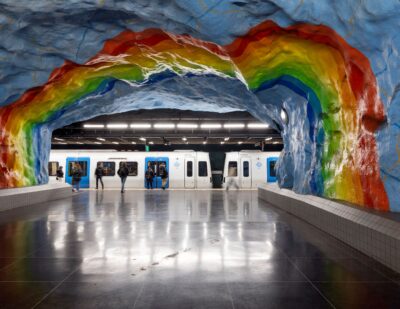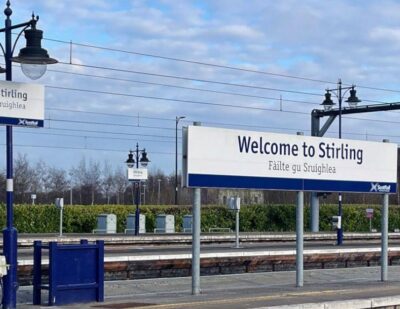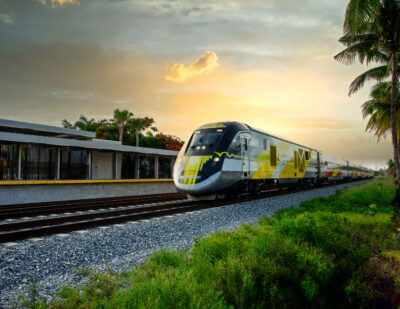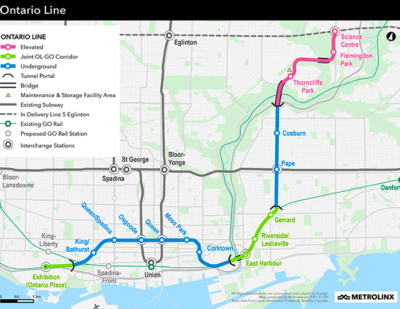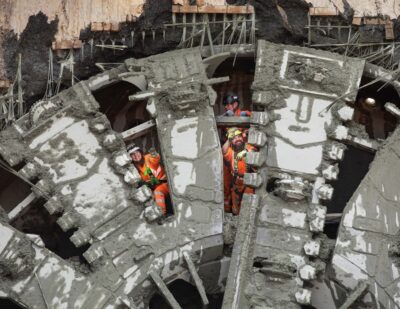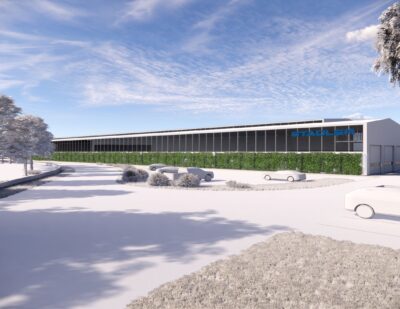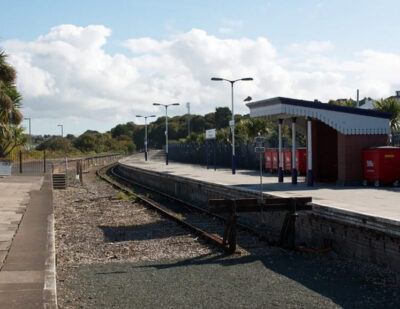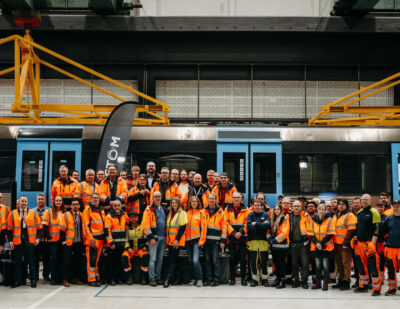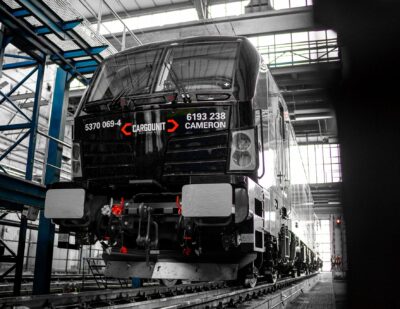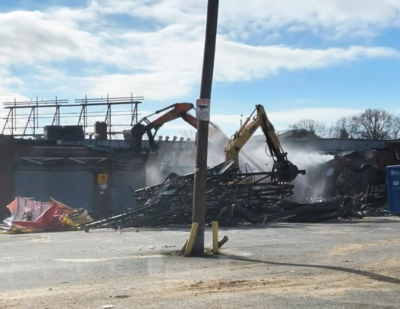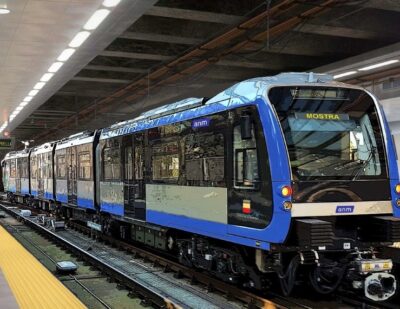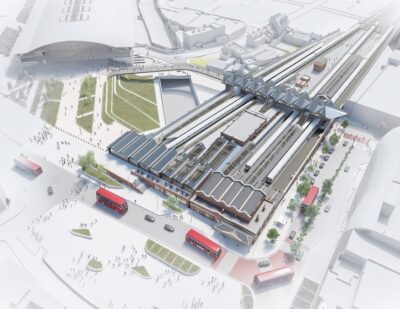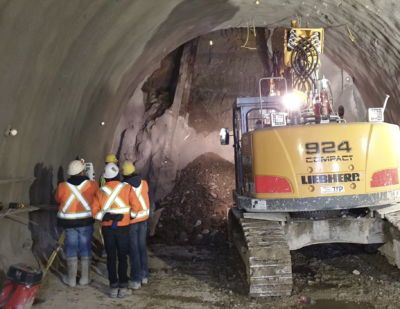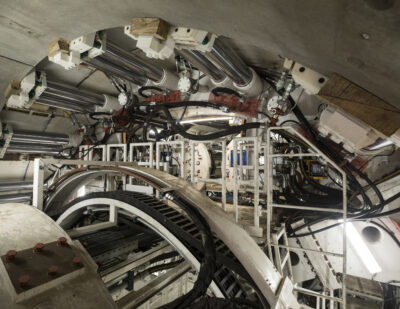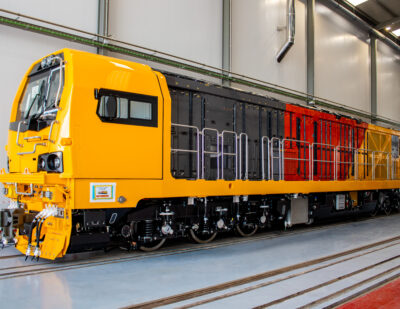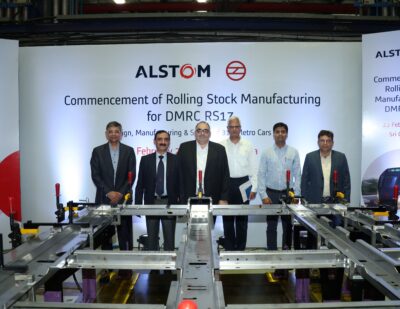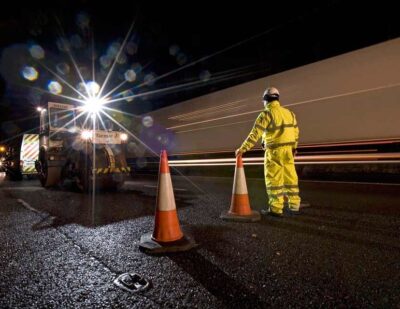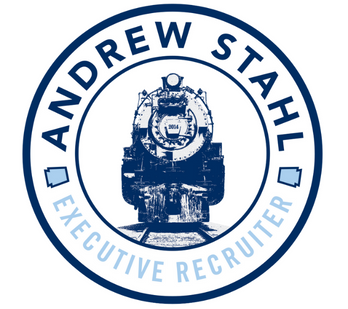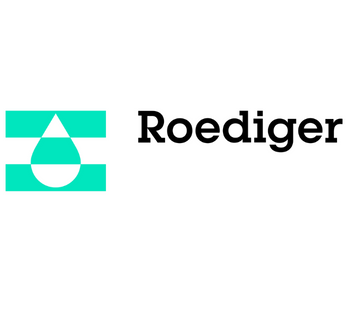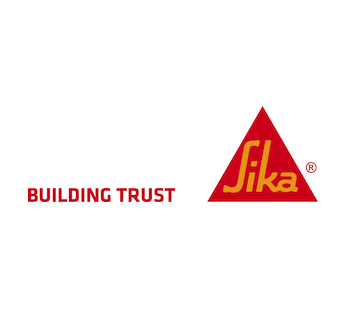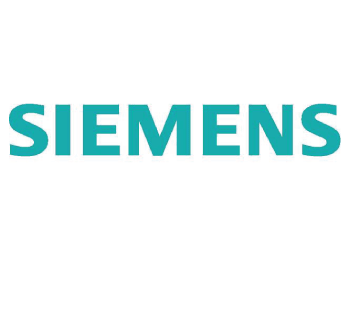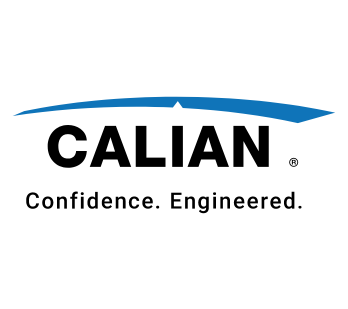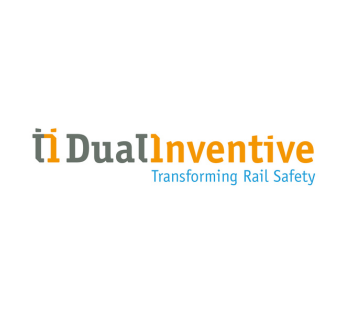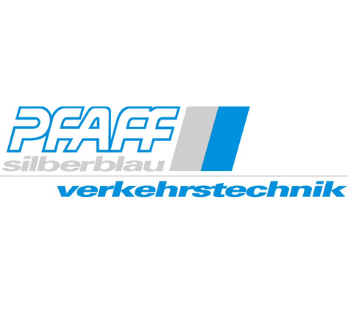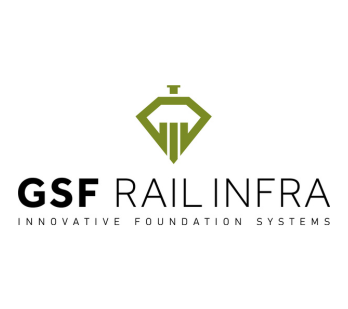DESTinationRAIL – A Tool for Rail Infrastructure Managers
By Michael Robson, Member of the Executive Board of DESTinationRAIL and Lorcan Connolly Member of the Work Package 2 team of DESTinationRAIL:
DESTinationRAIL, a Decision Support Tool for Rail Infrastructure Managers, is a 3-year project funded by the EU Horizon 2020 initiative. The project started in May 2015 and has a consortium of 15 members. Full details of the project and its members can be found on the project website www.destinationrail.eu
The aim of DESTination RAIL is to provide solutions for a number of problems faced by EU infrastructure managers using novel techniques for identifying, analysing and remediating critical rail infrastructure, thereby leading to a reduction in costs of up to 20% along with improved reliability of the asset, resulting in improved train performance. These solutions will be implemented using a decision support tool, which allows rail infrastructure managers to make rational investment choices, based on reliable data. At present Infrastructure Managers (IMs) may make safety critical investment decisions based on poor data and an over-reliance on visual assessment due to a lack of current data on the state of the asset. This approach may result in some infrastructure being over-maintained and some risks not being identified.
The European rail infrastructure network is aging with, in some cases, very poor records of the construction of the asset, since many of the assets were constructed more than 150 years ago; at the same time there is huge pressure on maintenance and investment budgets with available investment needing to be targeted on the key assets at risk.
The objective of the project (safer, reliable and efficient rail infrastructure) will be achieved through a holistic management tool based on the FACT (Find, Analyse, Classify, Treat) principle as shown in figure 1.
Find – Improved techniques for the assessment of existing assets are currently being developed using modern off-the-shelf technology.
Analyse – Advanced probabilistic models fed by performance statistics and using databases controlled by an information management system will be used to determine the level of safety of individual assets.
Classify – The performance models will allow a step-change in risk assessment, moving from the current subjective (qualitative) basis to become fundamentally based on quantifiable data. A decision support tool will take risk ratings and assess the impact on the traffic flow and whole life-cycle costs of the network.
Treat – Novel and innovative maintenance and construction techniques for treating rail infrastructure including tracks, earthworks and structures are being developed and assessed by the whole life-cycle assessment model, together with the impact on the traffic flow.

A key input for a decision support tool for optimisation of infrastructure is quantification of the probability of failure of individual elements. This article is focussed on how the methodologies developed within Work Package 2 of the project will provide owners/managers with the facility to optimise budgets/resources from the perspectives of minimisation of cost for minimised failure probability.
Work Package 2 is divided into five sub-tasks. The first task is to develop a Probabilistic Basis for Multi-Criteria Performance Optimisation of Railway Infrastructure. An extensive document is being produced which considers not just railway structures (bridges) but all aspects of railway infrastructure including slopes, embankments and tracks. The progression of the document to date has included guidelines for system analysis of the structures and earthwork as well as performance of probability-based fatigue assessment of railway infrastructure.
The second task aims to show how information from remote monitoring installations can be incorporated into the probabilistic assessment framework. A Bayesian probability-based updating algorithm has been developed which can update basic “a priori” probability distributions based on a likelihood function derived from some site-specific information from monitoring / testing. The result is a refined “posterior” distribution for the input variable (see Figure 2).


The third task is concerned with assessment of structures. The central span of the Boyne Viaduct, one of Irish Rail’s major structures, (Figure 2) was selected as a case-study bridge. A probabilistic assessment was carried out on the structure based on the guidelines being developed. The assessment was used to identify stress hotspots for instrumentation. Four rosette strain gauges were installed on the structure along with 4 tri-axial accelerometers (Figure 4). Measurement is currently available for 35 days with 724 train passage events being recorded.
The data has been used to perform calibration of a Finite Element (FE) model of the structure, giving an excellent agreement at the monitored locations. This allows a much more accurate assessment of the structure to be carried out. The data was also used to calculate an accurate dynamic allowance for the critical elements in the context of both probabilistic and deterministic assessment. It has been shown that the dynamics on the structure are very low. Software has been developed to perform a probability-based fatigue analysis at the monitored locations to calculate the reliability index on a yearly basis.
As part of assessment of structures, the complex task of soil-structure interaction modelling is being addressed. Pile foundation elements are commonly modelled using a Winkler model (Figure 6) whereby the foundation structure and the surrounding soil are modelled as a beam supported by mutually independent and closely spaced springs. Excitation of the bridge structure (by traffic loading) allows monitoring of the natural frequency over time. The variation in the natural frequency can then be used to monitor the effect of bridge scour. Signal noise and vehicle speed have been investigated and it has been noted that there is little or no effect on the calculated natural frequency. In the coming months, the effect of dynamic cyclic loading will be investigated as well as non-linearities in the soil matrix.

The fourth task is concerned with assessment of earthworks. Engineered slopes fail in many different ways depending on which triggering mechanism presents itself first. For example, heavy prolonged rainfall is likely to instigate a shallow landslide, while an increase in external loading is more likely to cause a deep-seated failure. Therefore to ensure that a slope has adequate capacity, current practice requires that both planar and rotational failure mechanisms are checked. To circumvent this, a slope stability model was developed which is able to locate multiple critical probabilistic failure surfaces simultaneously, regardless of slip surface shape. It accomplishes this by combining a particle swarm-based multi-modal search algorithm with a first order reliability method and a fully adaptable non-circular slip surface. This allows end users to rigorously assess the stability of an existing cutting or embankment and find all areas of concern, thereby ensuring that remediation works are carried out in the most effective manner possible.

Given that loading demands from both climate and traffic are increasing and the majority of Western Europe’s railway cuttings and embankments are aged, it is imperative that we can quantify the effect of increased rainfall on slope stability. A series of fragility curves have been developed to describe the vulnerability of engineered slopes to rainfall of various intensities and durations. By interrogating these curves it is possible to determine how likely existing infrastructure is to fail, if climate change continues its current trend.

A major maintenance issue for railway infrastructure is the track itself. As part of the fifth task, a pilot section of track has been selected near the city of Munich to perform field measurements and develop numerical models for further data processing and research. The section chosen is an old, conventional ballasted track which is globally straight and homogeneous (see Figure 9). Ground penetrating radar and track geometry measurements have been carried out for both loaded and unloaded scenarios. Significant differences have been noted in the longitudinal level measurements (Figure 10) between loaded and unloaded scenarios, which suggests that the track stiffness quality along the pilot section may play an important role. To model the effect of track stiffness, simulation combining FE Methods and Multi-Body Simulation (MBS) was performed. The track stiffness is represented in FEM, while the unloaded track geometry is represented in the MBS model as track excitation. The track geometry under the loaded scenario will be investigated with the dynamic response of the vehicle as it passes the track.


The outputs from these 5 work packages will be fed into the analysis and risk models which form part of the Decision Support tool for Infrastructure Managers.
The beta version of the Decision Support Tool will be demonstrated at a workshop to be held in Ljubljana on 30 November 2017. Full details of how to attend the workshop, venue etc. will be found on the website www.destinationrail.eu.

